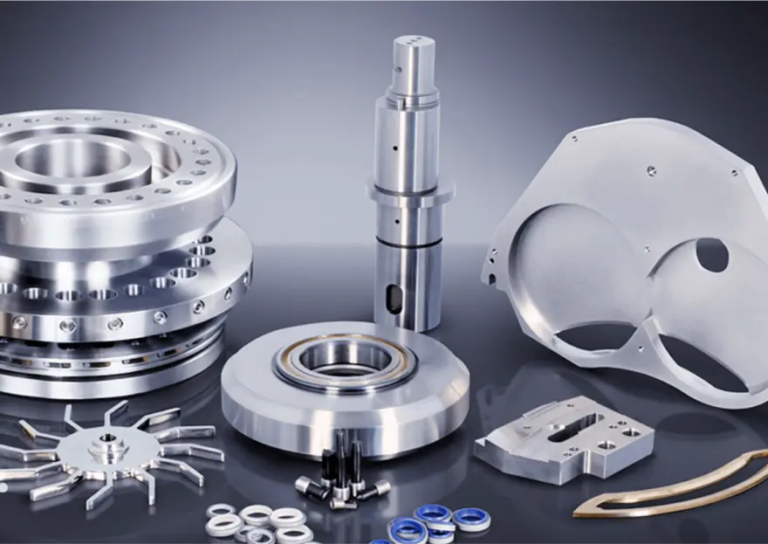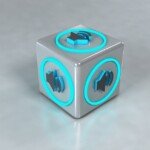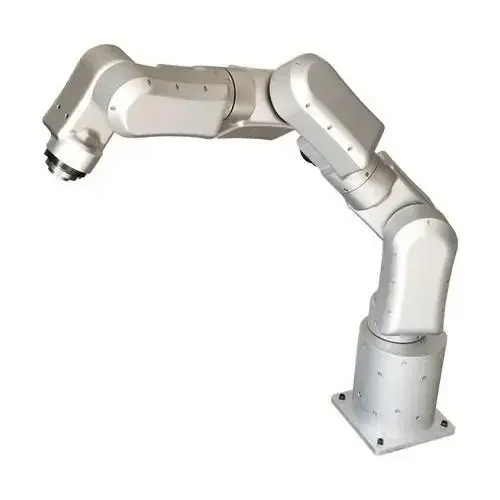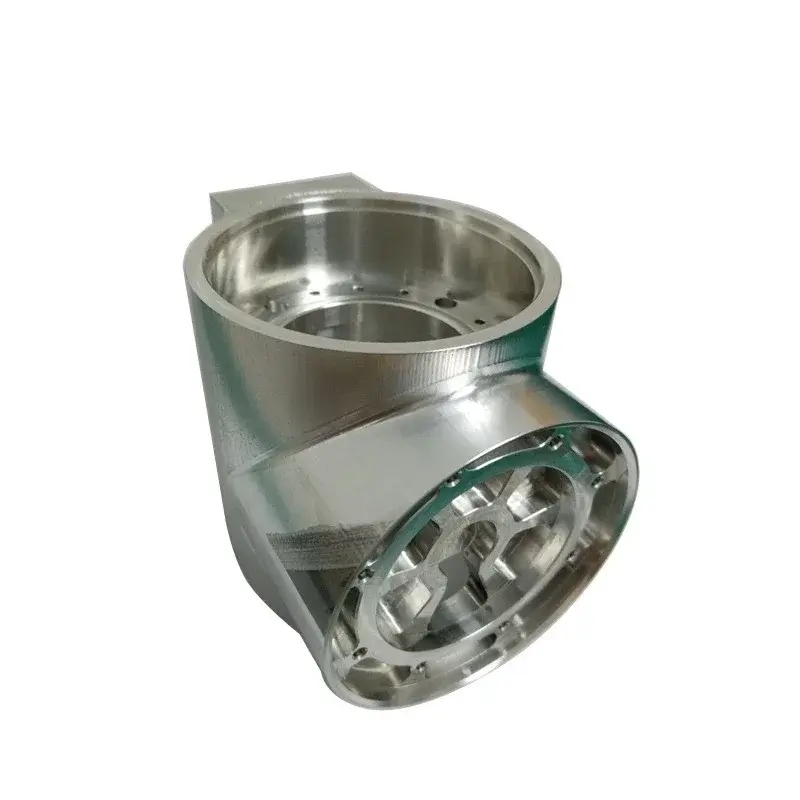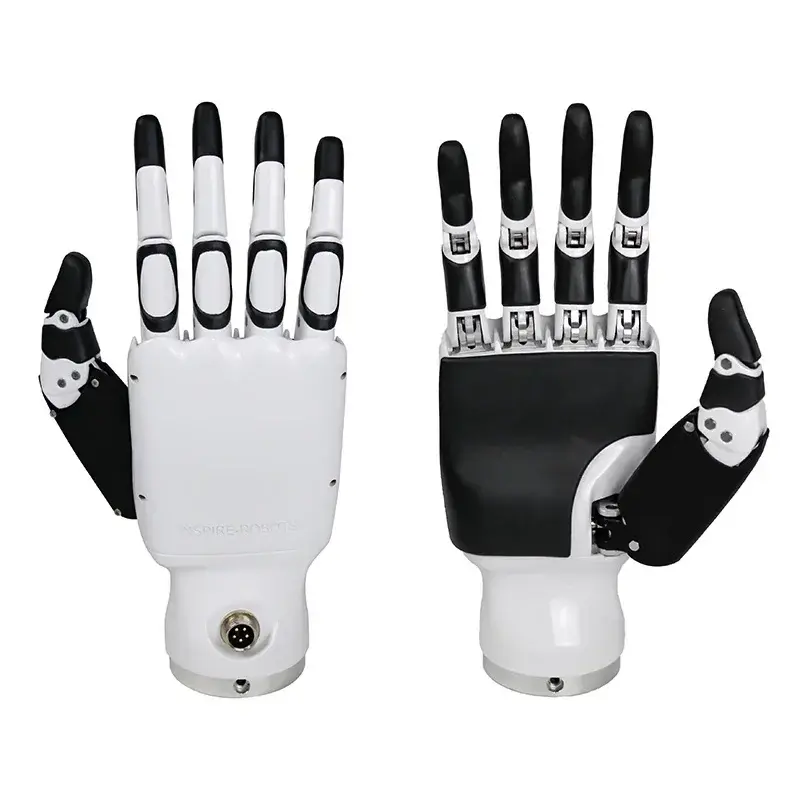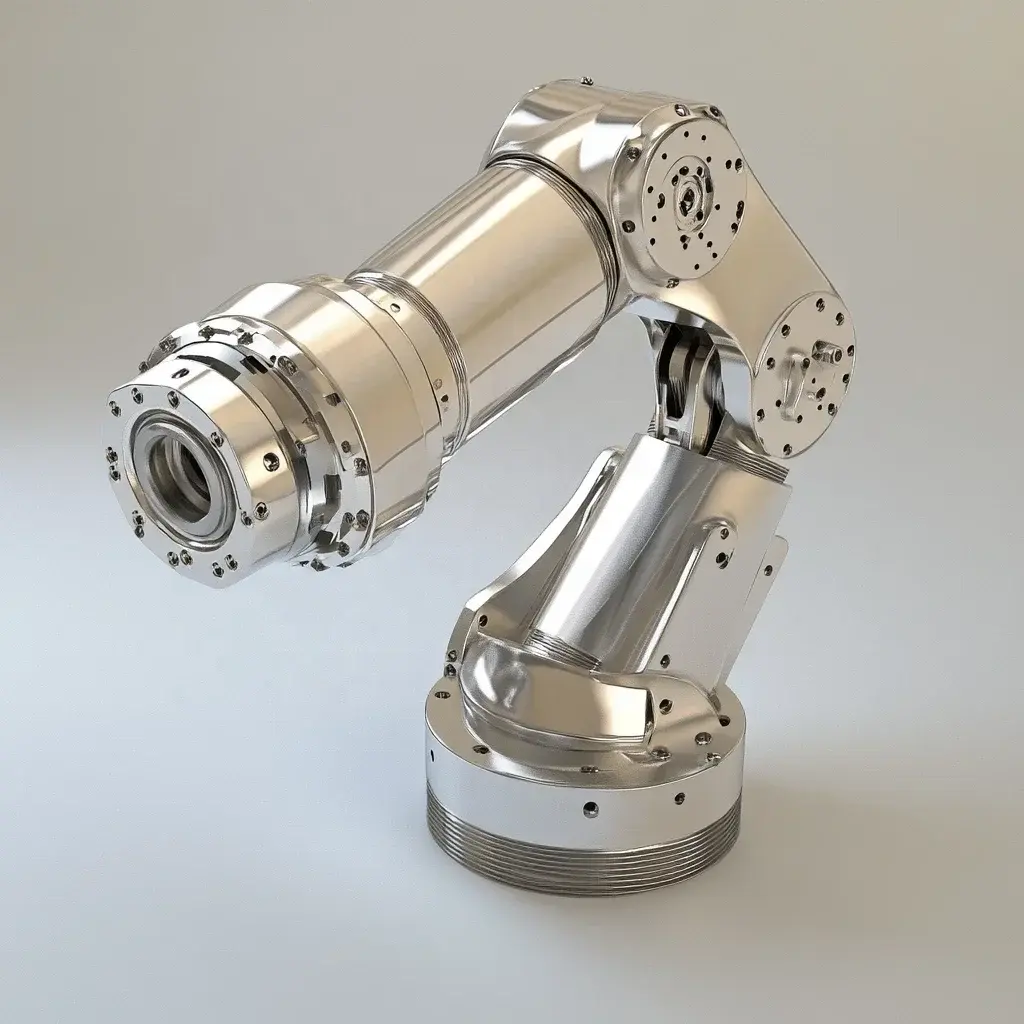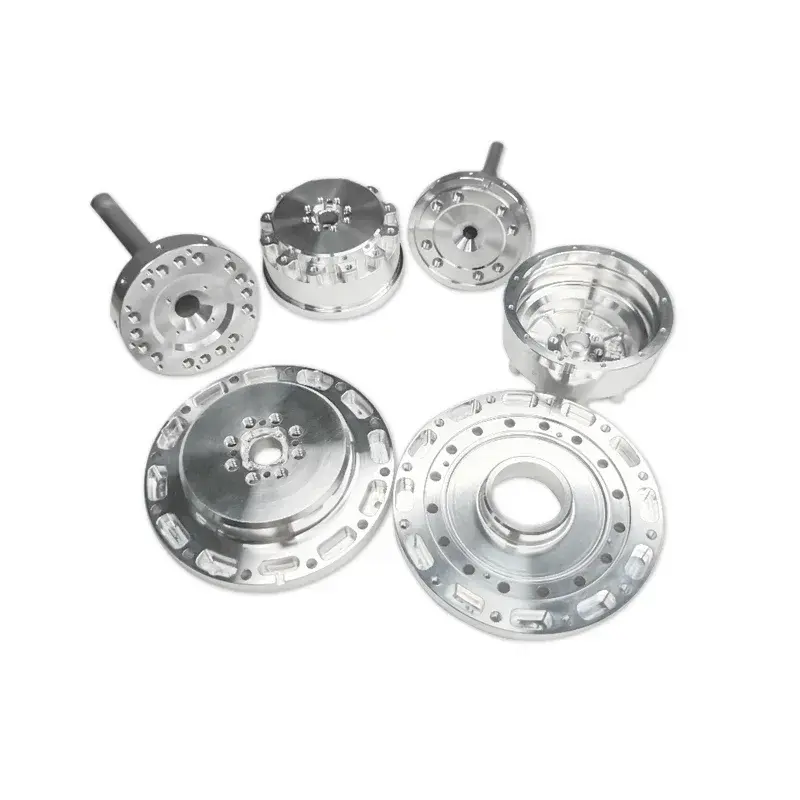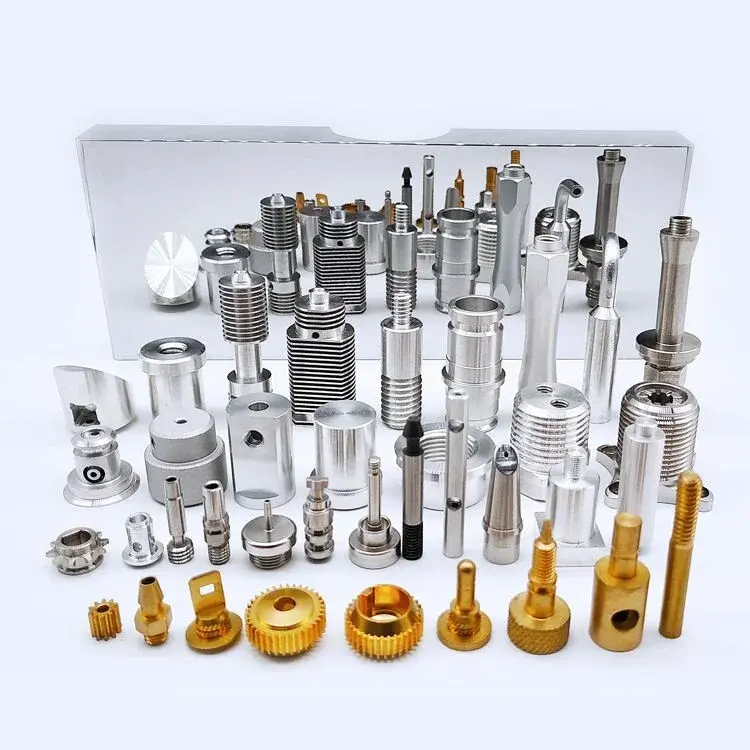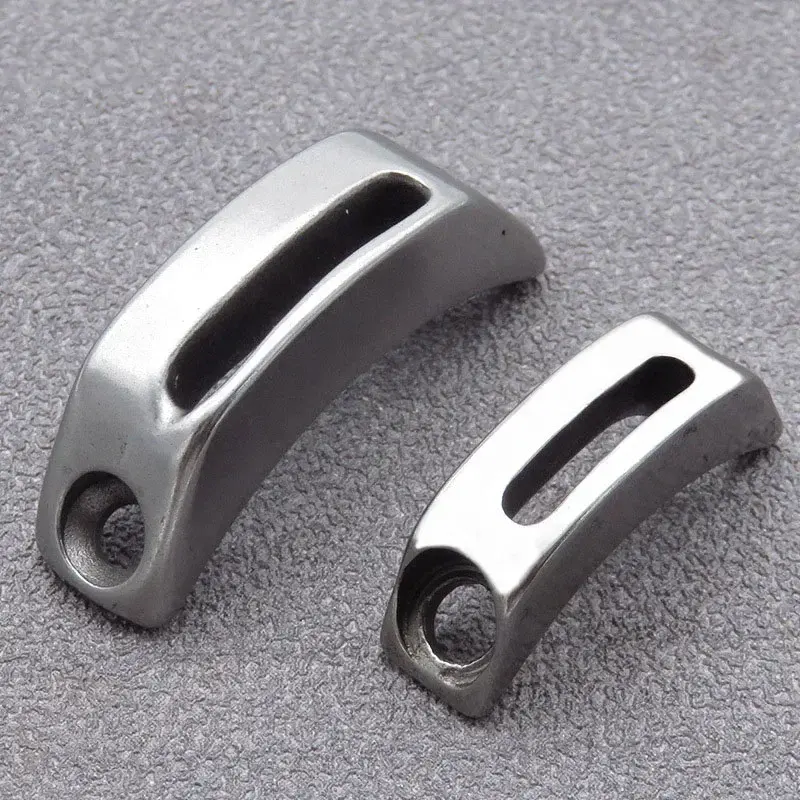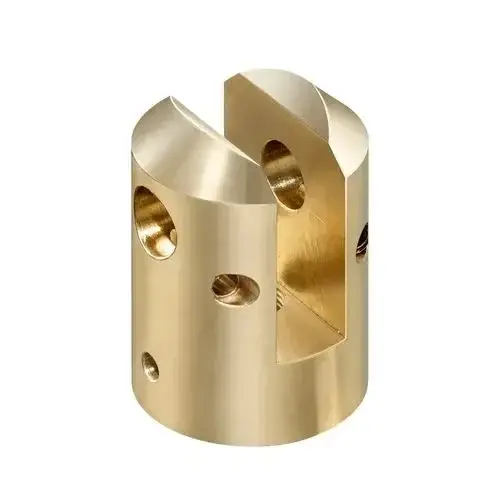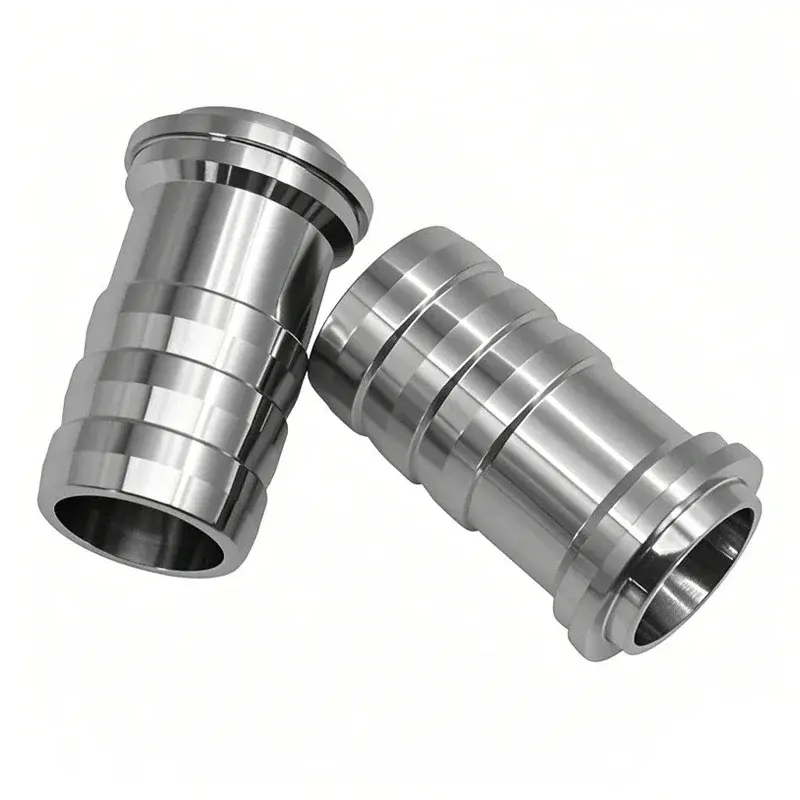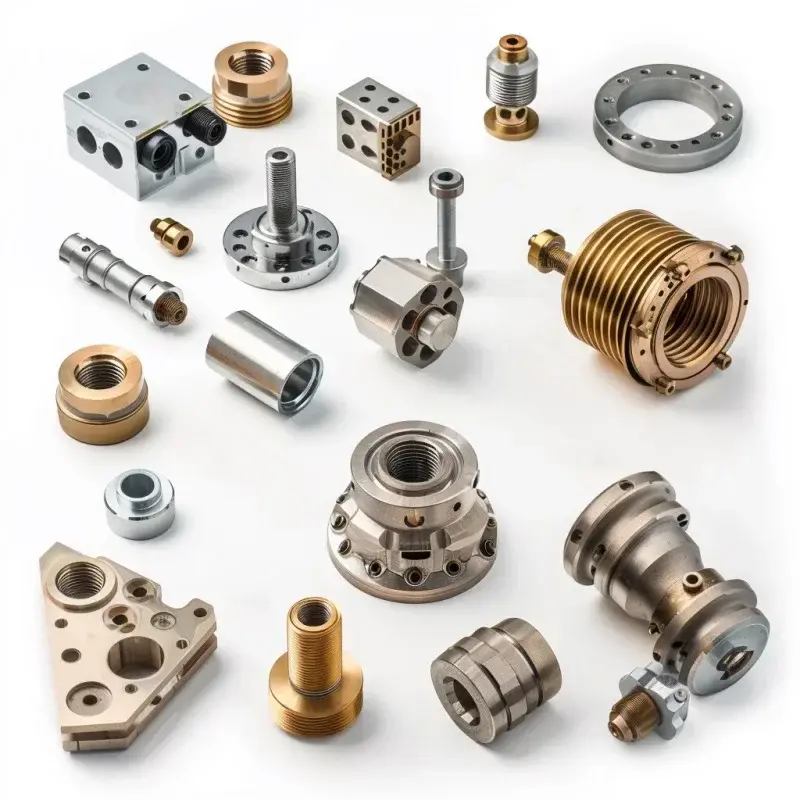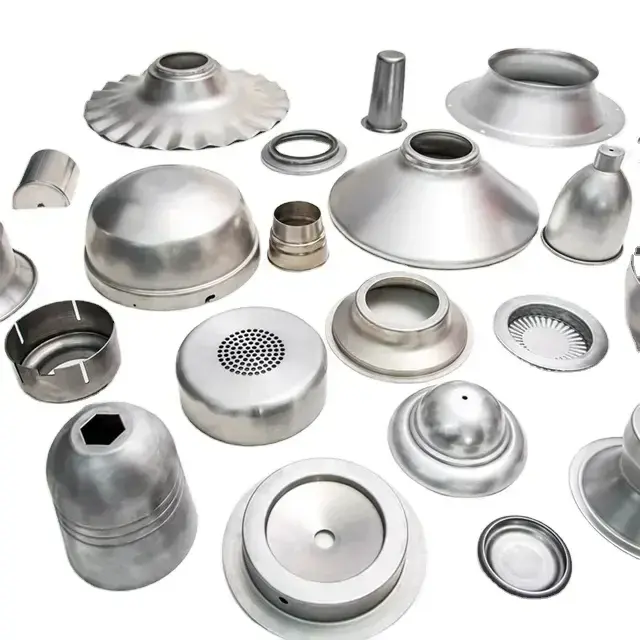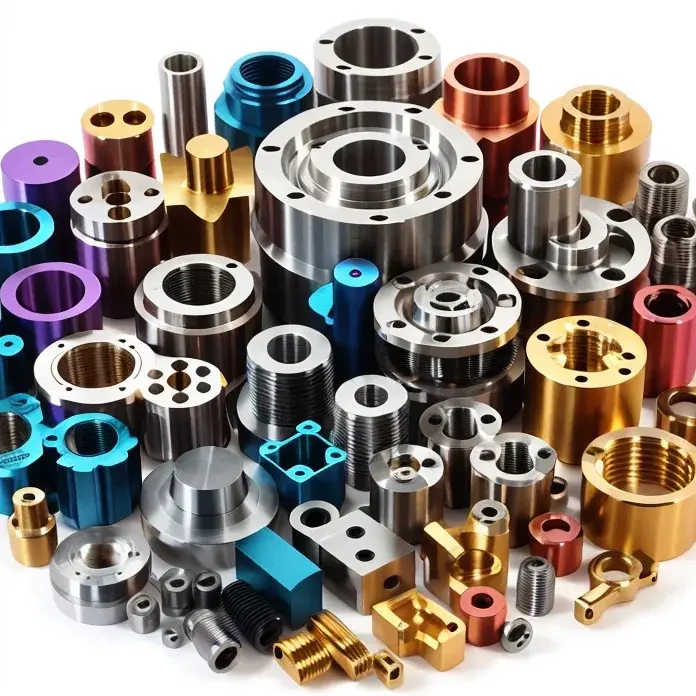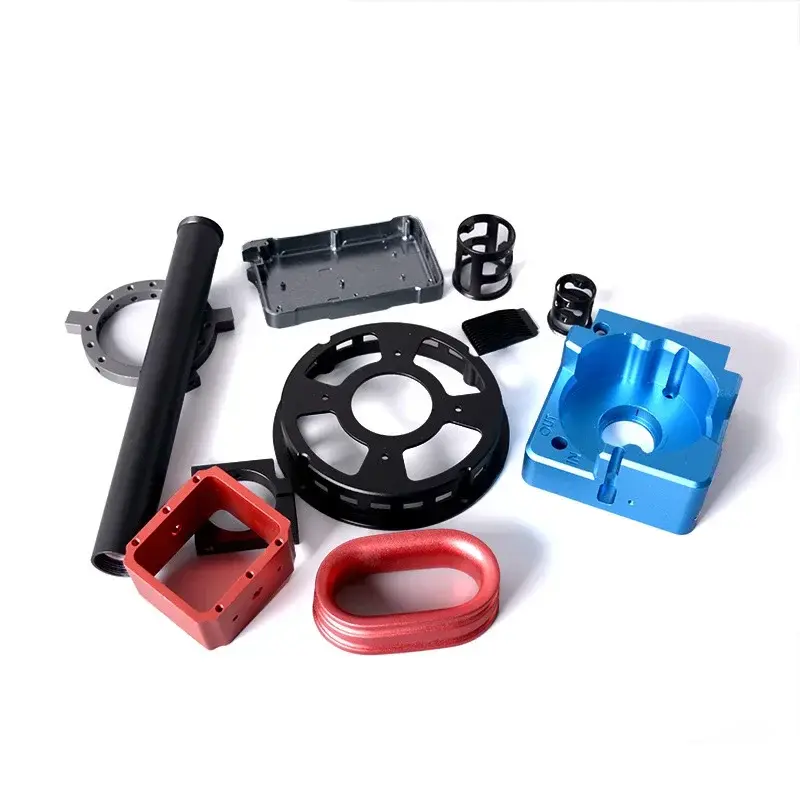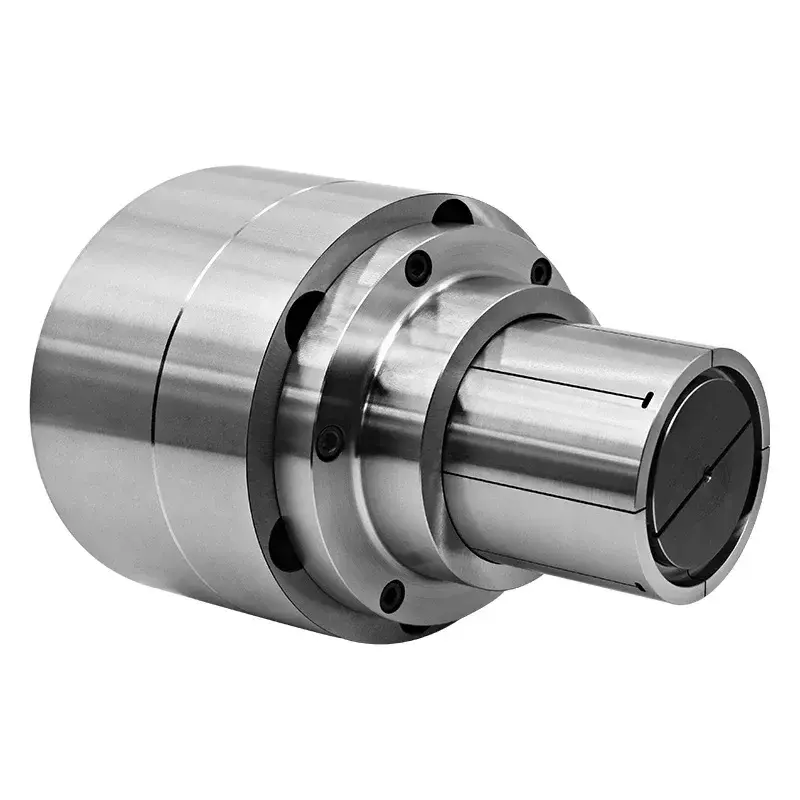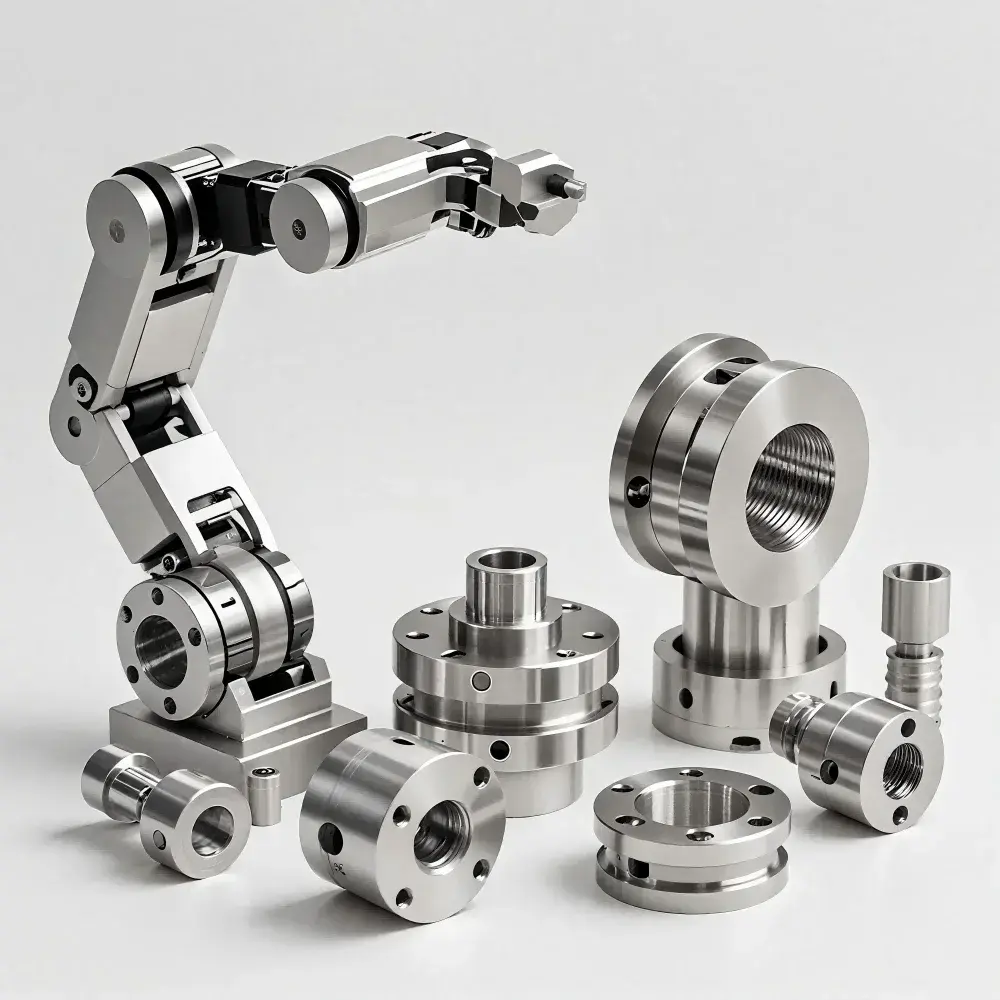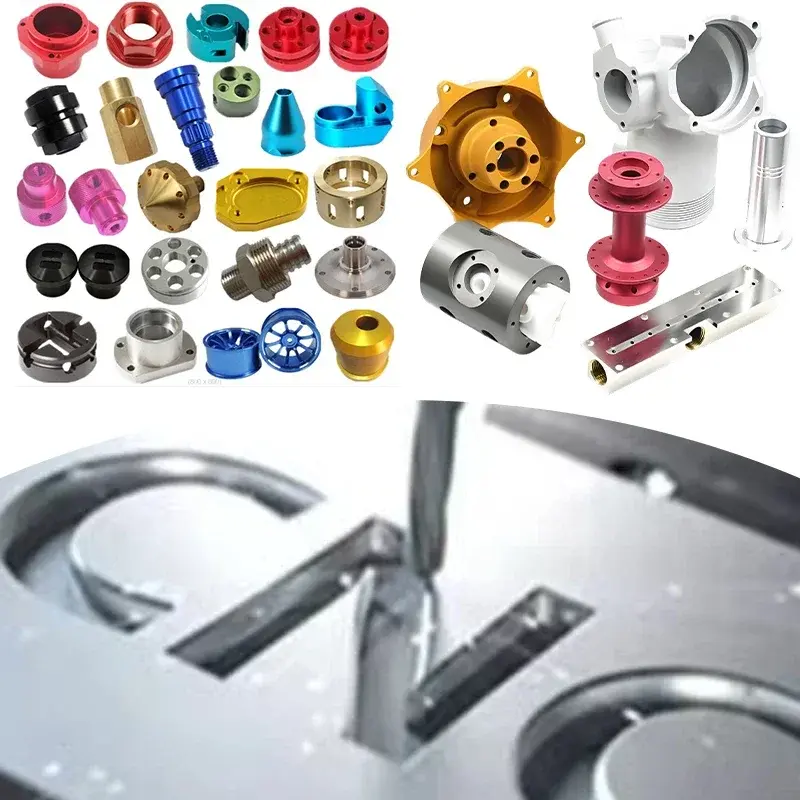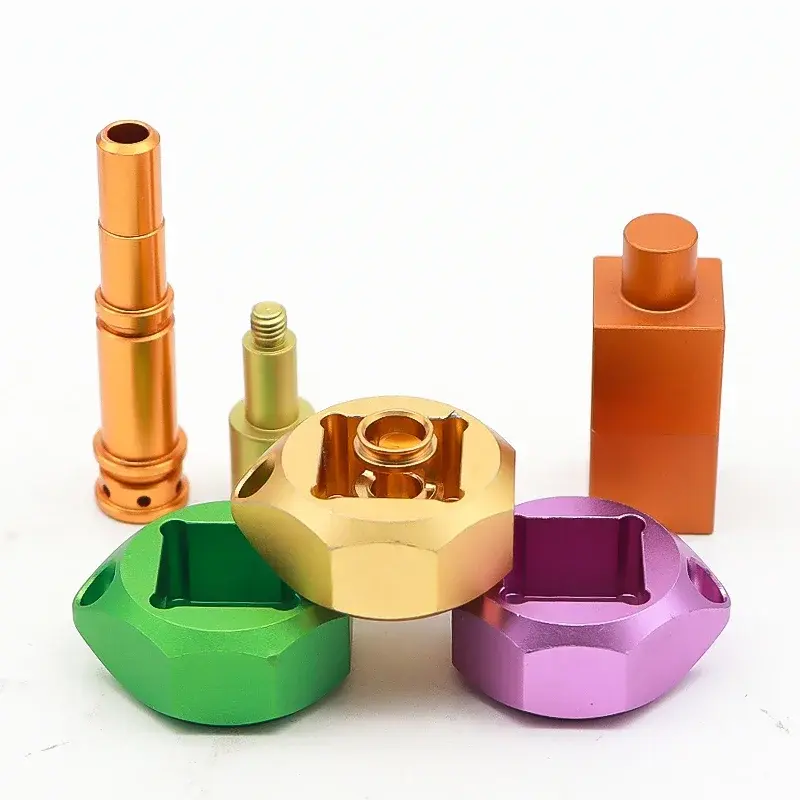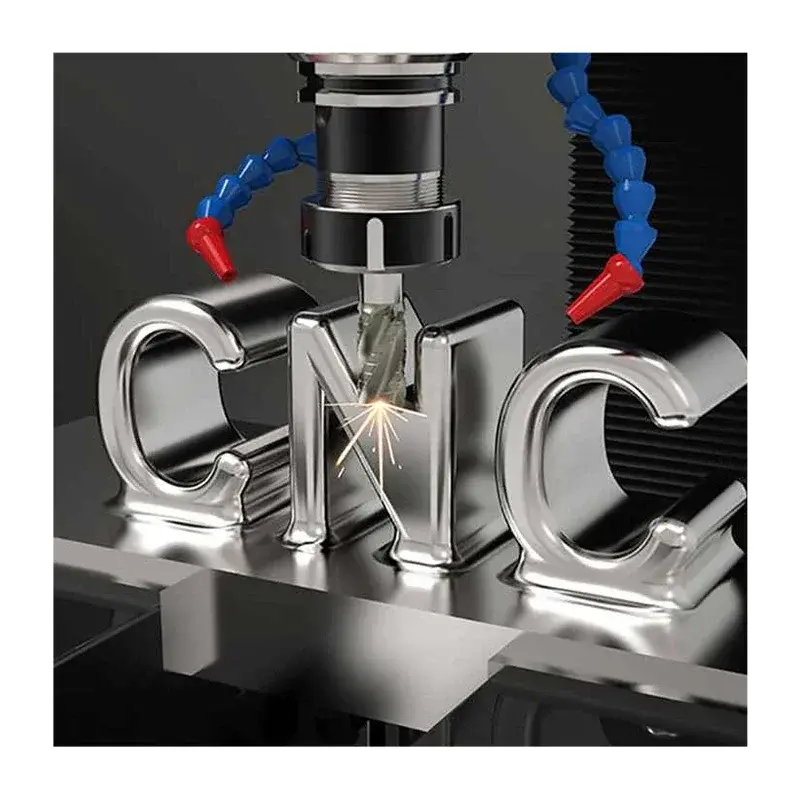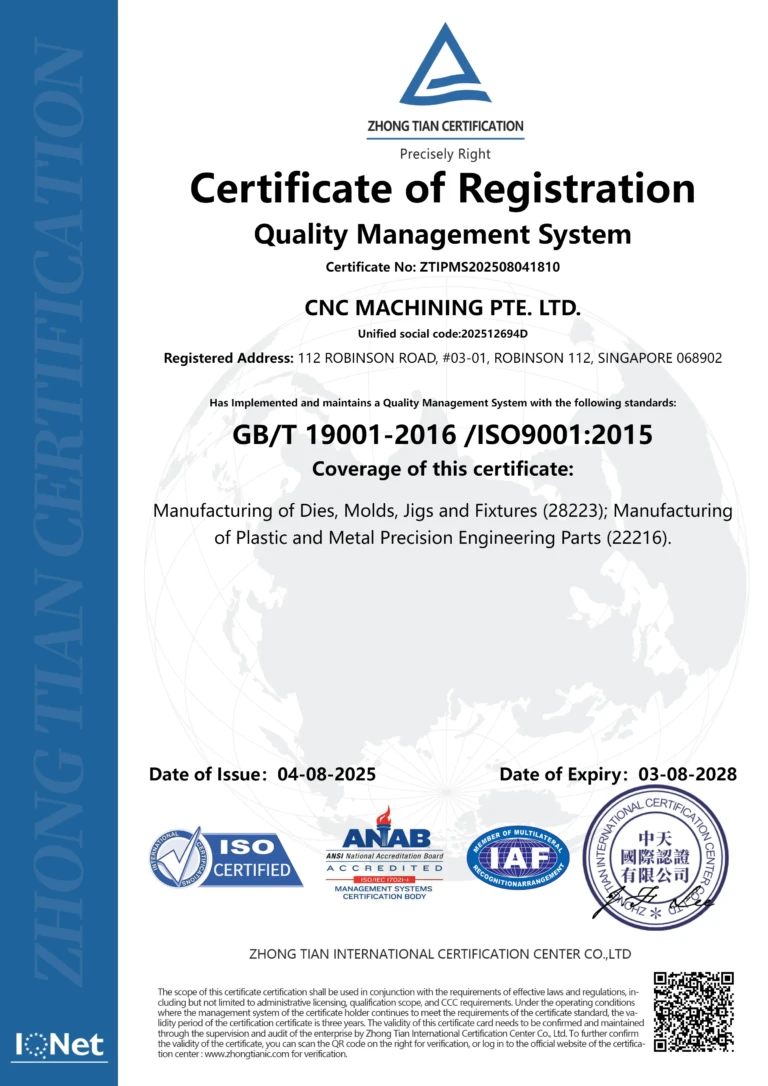When it comes to precise processing, graphite is a unique material that presents several challenges due to its soft, fragile and wear properties. Computer numerical control (CNC) processing is a critical process in molding graphite into the desired form, especially for applications such as electrodes, semiconductor components and biomedical equipment. The success of CNC graphite processing depends largely on the optimization of processing parameters to ensure accuracy, surface finish and product integrity. Understanding and setting the right parameters is critical for manufacturers to effectively achieve high-quality results.
Material properties and processing considerations
Highly anisotropic graphite exhibits different properties in different directions. This feature significantly affects its processability. The choice of processing parameters must explain its tendency to generate dust, abrasive properties, and the risk of fragmentation or rupture. Feed rate, spindle speed and cutting depth are key parameters that require careful adjustment.
- Feed rate and spindle speed: Higher feed rates may benefit from reduced processing time, but may result in increased tool wear due to graphite’s abrasive properties. Spindle speed should be optimized to balance effective material removal and minimize tool wear.
- Cutting depth: Due to the brittle nature of graphite, it is often recommended to cut shallow cutting depths to avoid fragmentation and ensure smooth surfaces.
Tool selection
The right tools are essential for graphite processing. Due to the abrasive nature of graphite, tool wear is a major issue.
- Tools and materials: Although diamond coating or nitrate coating tools have higher hardness and wear resistance, they prefer to diamond coating or nitrate coating tools. High-speed steel (HSS) tools may be used in certain applications but are less common due to rapid wear and tear.
- Tool geometry: A sharp tip is essential to minimize the force required for cutting, reducing the risk of tool breakage and improving the finish.
Processing strategy
- Rough and Organized: Separate operations for roughing and finishing can help achieve the desired dimensions and surface quality. The rough operation focuses on precise and surface finishes, quickly eliminating bulk materials.
- Cooling and lubrication: Graphite processing can generate a lot of heat and dust. Cooling systems that may use air or mist may be beneficial for controlling temperatures and reducing dust.
Safety considerations
Graphite dust is a health hazard and can cause respiratory problems after inhalation. Proper ventilation, dust collection systems and personal protective equipment (PPE) are essential for a safe working environment.
in conclusion
CNC graphite machining requires a delicate balance in machining parameters, tool selection and machining strategies to achieve the required quality and efficiency. Manufacturers must consider the unique characteristics of graphite and its capabilities of CNC equipment to optimize these factors. By doing so, they can ensure that high-quality graphite parts are produced that meet the exact requirements of a variety of applications. Whether used in industrial manufacturing, medical equipment or other sectors, careful optimization of CNC processing parameters is key to successful processing of graphite.
FAQ
1! Q: What is the most important challenge in graphite processing of CNC?
A: The most significant challenges include handling the abrasive properties of graphite, the tendency to produce harmful dust, and the risk of tool breaking due to its brittle properties.
2! Q: How does the selection of tool materials affect graphite processing?
A: The choice of tool material significantly affects tool life and surface finish. Wear-resistant materials (such as diamond coating tools) are preferred materials that can withstand the abrasive properties of graphite.
3! Q: What safety measures should be taken during CNC graphite processing?
A: Proper ventilation, dust collection systems, and personal protective equipment (PPE) are crucial to prevent graphite dust inhalation and other hazards.
4! Q: Can CNC processing parameters be standardized for graphite?
A: Although general guidelines can be established, the optimal processing parameters for graphite may vary greatly depending on the specific grade of graphite, the tools used, and the quality of the product required. Therefore, it is often necessary to customize parameters for each application.
5! Q: How does the spindle speed affect the processing of graphite?
A: The spindle speed will affect the speed of material disassembly and tool wear. Higher speeds can improve efficiency, but may also accelerate tool wear and generate more heat and dust.
